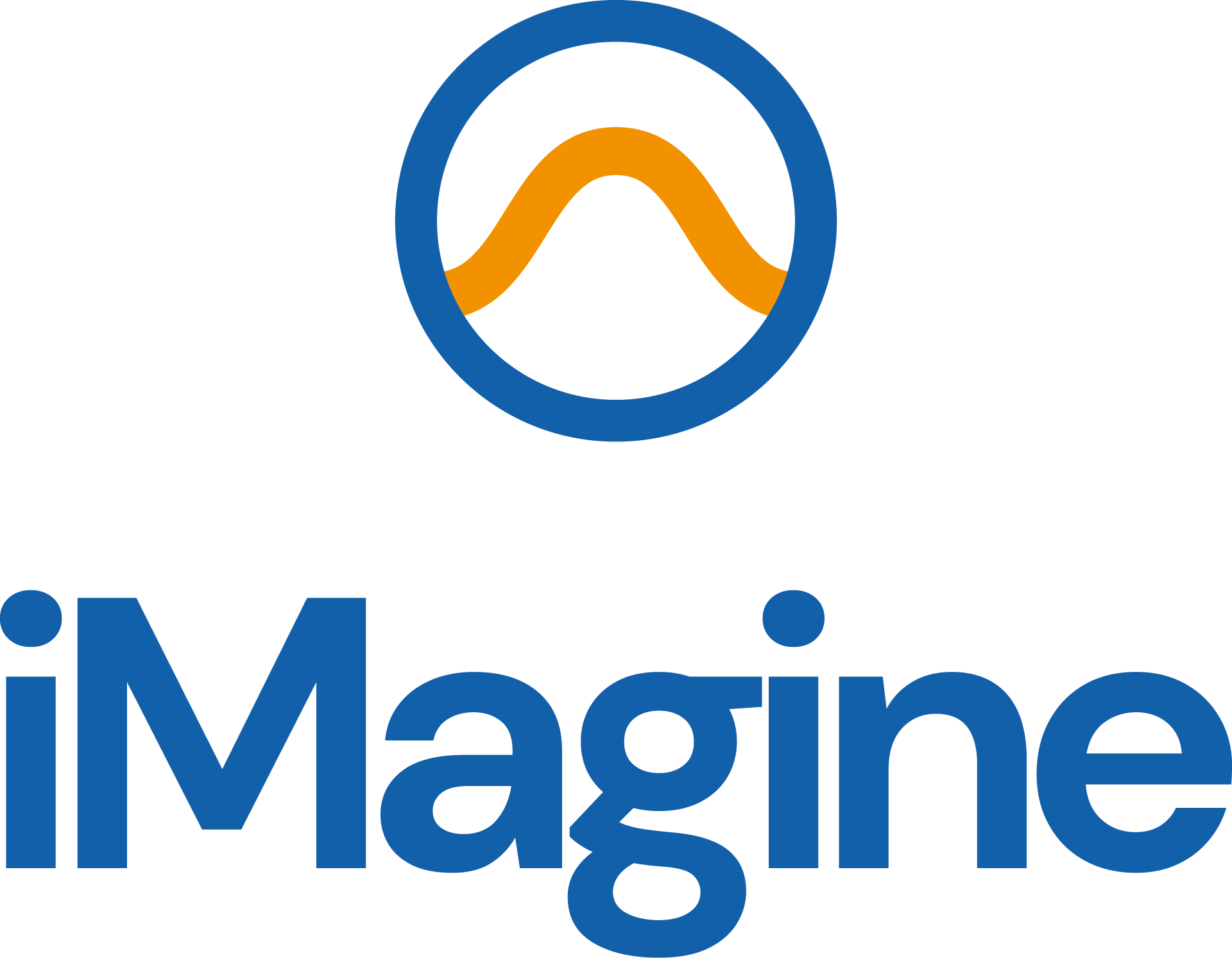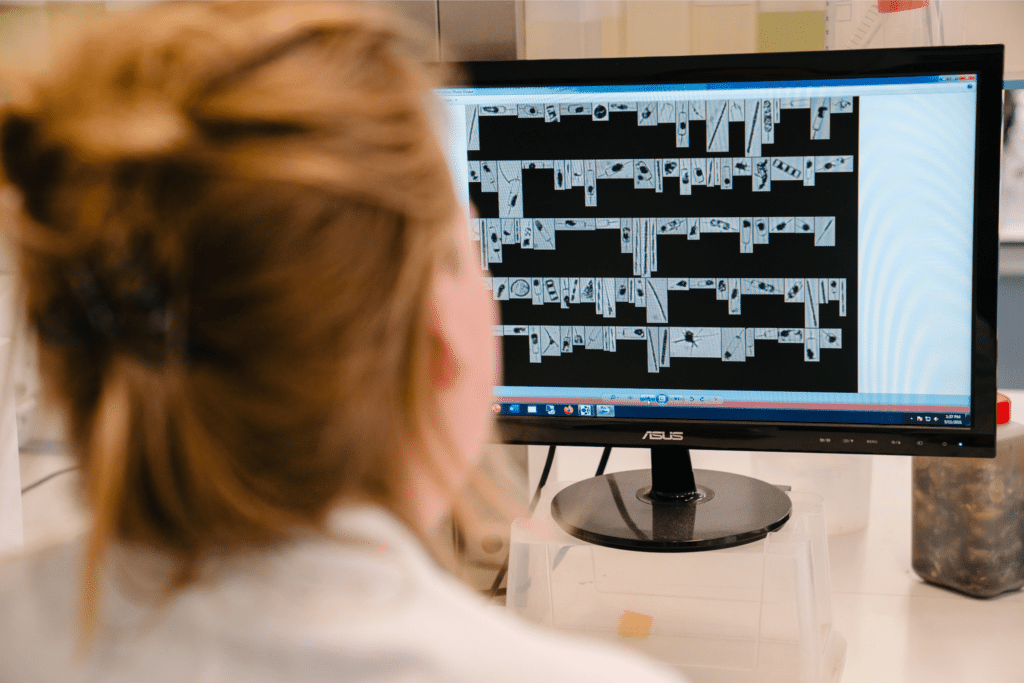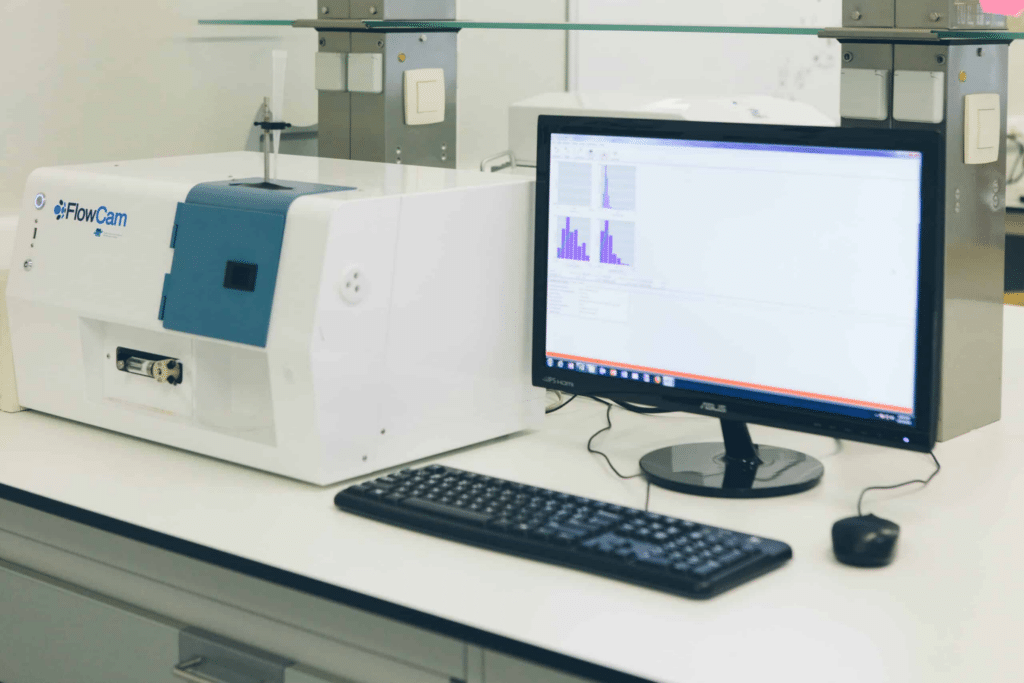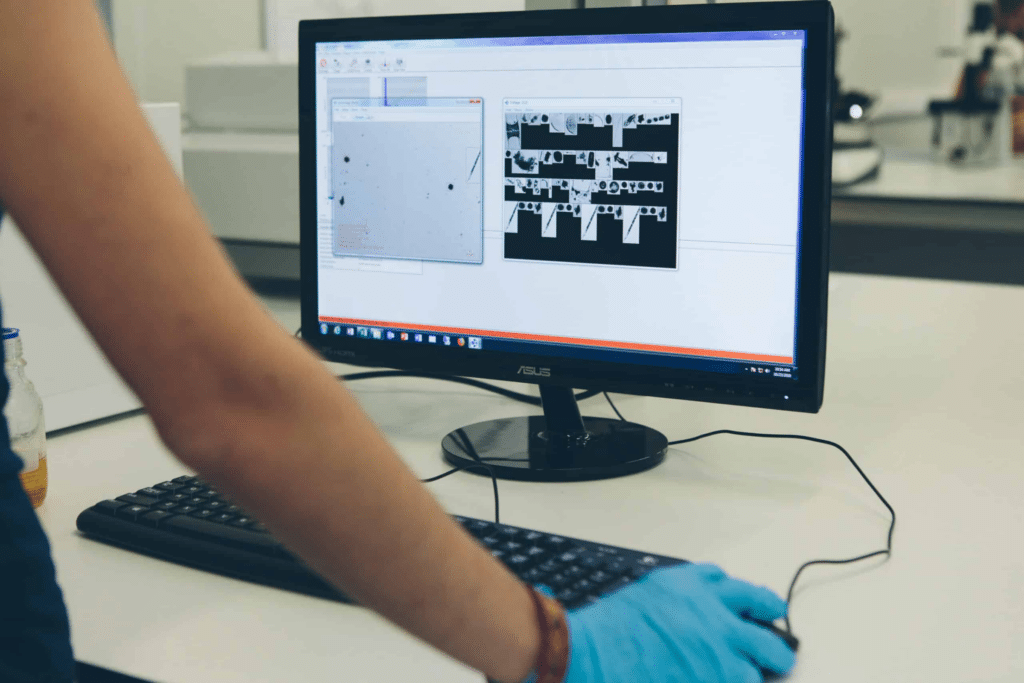To establish an operational service at the iMagine platform for ingestion, storage, analysis and processing of FlowCam images for determining taxonomic composition of phytoplankton samples.
Aim
Development actions during iMagine
Setting up operational environment at iMagine platform, with the AI pipeline for processing FlowCam images, and storing resulting data
Connecting the MongoDB database to the iMagine platform for ingesting and extracting data
Refining the AI tools for taxonomic identification of phytoplankton. For instance, the current image classification model does not include sampling metadata and environmental data as context input to the CNN
Enhancing the FAIRness of data output in accordance with Darwin Core standards and relevant vocabularies
Developing guidance and training material for uptake of the FlowCam processing service
Reaching out to users for uptake and provide support and training
A long term (>4y) high quality phytoplankton image dataset is available in a NoSQL
Objective and challenge
The use case focuses on establishing an operational service on the iMagine platform for analyzing and processing FlowCam images to determine the taxonomic composition of phytoplankton samples. Phytoplankton plays a crucial role in the aquatic food web, so accurately identifying and classifying these organisms is important. The technology used for this purpose involves a deep learning image recognition algorithm based on a Convolutional Neural Network (CNN) and a NoSQL MongoDB database. The existing workflow will be enhanced using the iMagine AI platform.
Several challenges have been identified within the project, and the iMagine AI platform will be utilized to address them. These challenges include optimizing the data ingestion pipeline, improving metadata and data output formats to comply with community-based standards, enhancing the service to incorporate context input and increase classification accuracy, expanding the training dataset by identifying additional particles, and preparing the data and processing components for seamless integration with the iMagine platform. Additionally, the training set used in the Ecotaxa comparison will be made available, and similar models will be trained.
Expected Results
The global description of the abundance and diversity of phytoplankton communities yields an indication of the health of marine ecosystems and their response to anthropic stressors. As such, the image derived phytoplankton community characteristics are used within three common OSPAR indicators for the Good Environmental Status assessment for pelagic habitats under Descriptor 1 (Biodiversity).
The provision of the Flowcam processing pipeline in iMagine will result in more users and more image providers, contributing to more phytoplankton information and more efficient biomonitoring.
Involved Partners
Use Case Resources
FlowCam in action
Header image credit: Nick Decombel Fotografie
Other images: VLIZ










